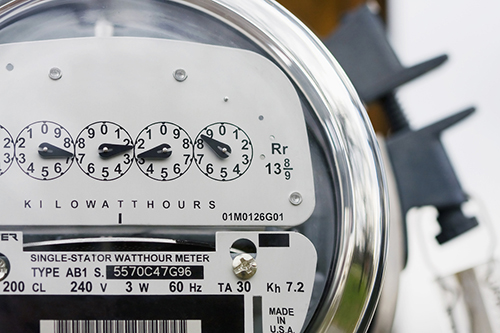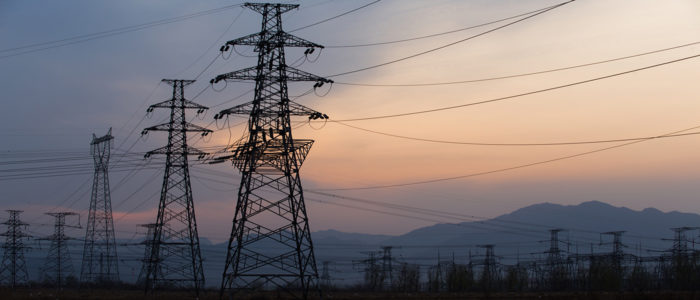
Energy Management Systems Integration
Integration of Effective Energy Management in to Building Operations and Facility Management.
“Energy management and Facility Management are Codependent, each will reflect on the performance of the other”
Energy Management Integration:
Energy management properly integrated into existing systems and facility operations has huge potential!

- Reduce Costs across several disciplines
- Improve performance of individual systems
- Reduce indirect costs, such as labor
- Discover new opportunities for better Control
- Measure and verify more Regularly
Economic Sense in Facility Management
Integrating the Energy Management process into the building as a holistic system, retrieving data collectively across as many systems as feasible, makes economic sense. By measuring the energy in multiple services, any changes, which might seem a good idea at the time, would be seen in a “domino” effect. The outcomes of a change would be seen, not just in the local system, but in the global holistic system of the building.
Building Services are co-Dependent
The Services in the building are often co-dependent. It one sense this seems counter intuitive; how can a chiller and an elevator be even vaguely co-dependent. To explain, if the energy retailer for your building, takes it’s network servicing costs, for the year, at a single peak demand at a given moment in time (which many commercial retailers do) then given a very hot summers day the energy retailer is likely to record your peak demand of power during those hot summer days.
With this in mind, and your systems are integrated throughout your building, when the day is at its hottest, you might tell the elevators to slow their acceleration, consequently using less energy, while at the same time, you might “shed” other loads, such as secondary lighting.

Trend logging energy performance of appliances and equipment is integral to successful energy management
Given, network costs are charged every month, based upon your highest peak demand, then reducing that peak can generate a savings for every month of the year.
Limitations
The only limitation, apart from budget, is your imagination to find energy control and savings opportunities in your facility.
New Technology is coming into the market all the time, its a matter of applying that technology effectively and strategically to deliver results (easier said than done!).
Return On Investment
The business end!
The one thing you can be sure of, is that with energy management strategies there is always a return of 100% of your costs, but, it may not be in the time frame you seek. Once you have implemented a strategy and stopped using energy in a given situation, then it is stopped for good (unless you turn it back on of course).  How soon will you recover your costs will always vary, dependent upon the capital cost of the efficiency change and the amount of money being spent on energy prior to the change.
How soon will you recover your costs will always vary, dependent upon the capital cost of the efficiency change and the amount of money being spent on energy prior to the change.





